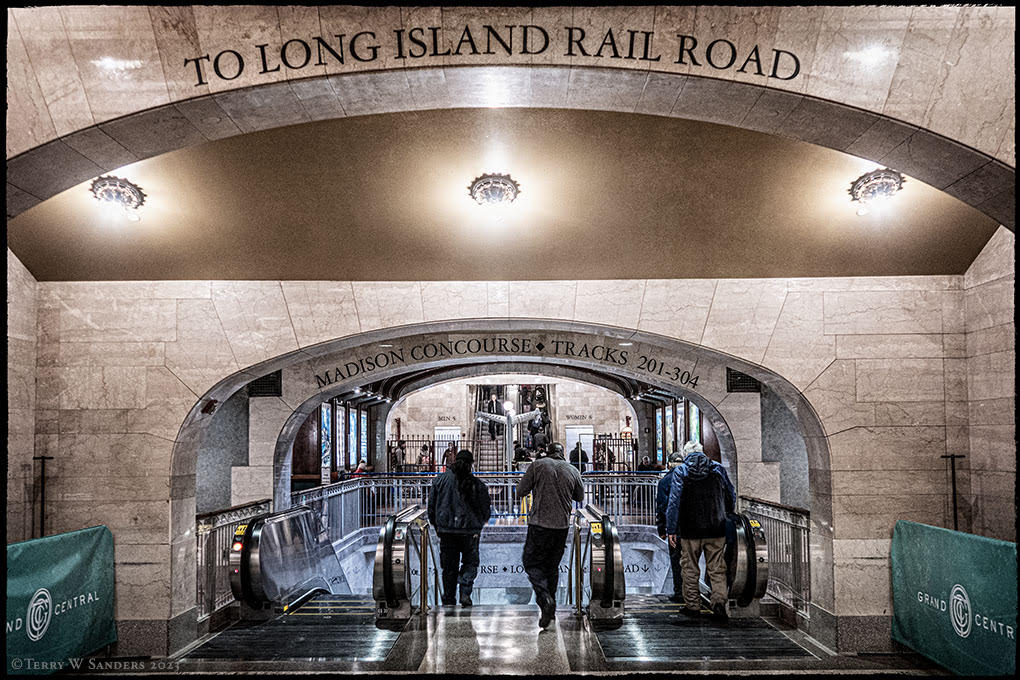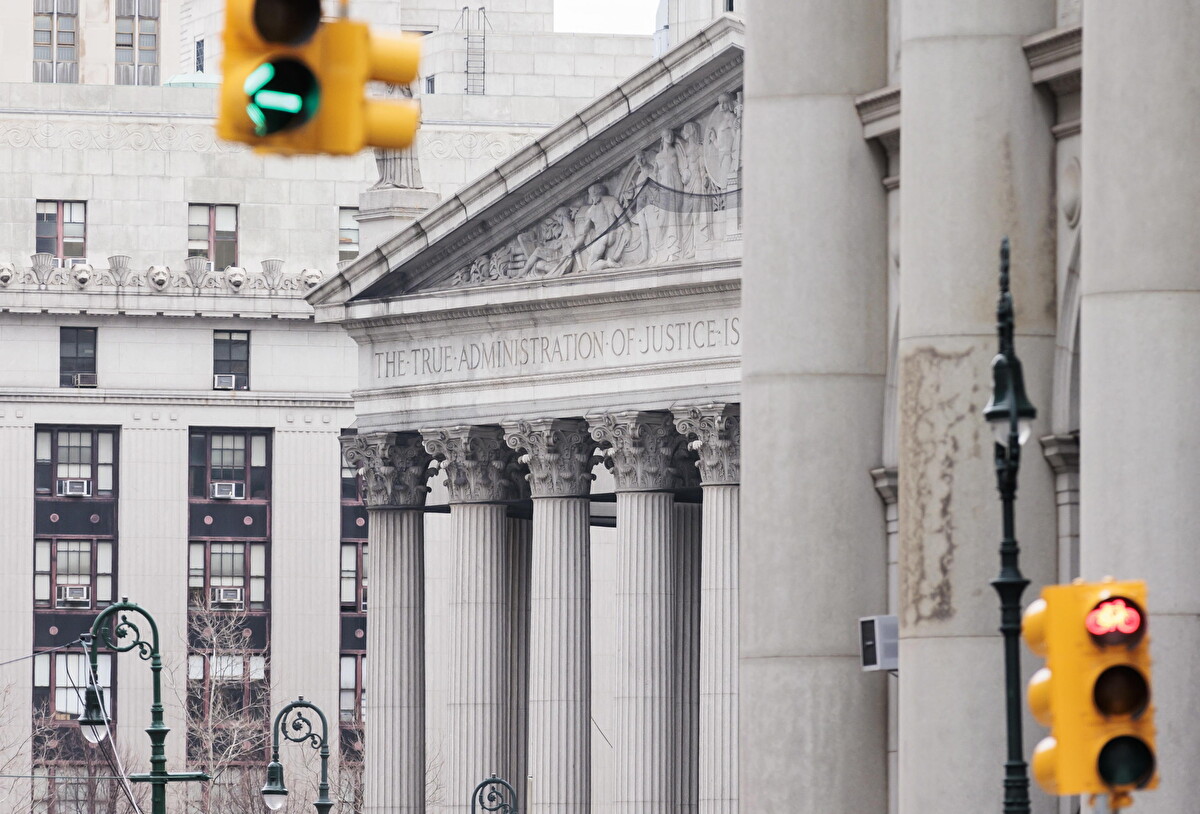The Long Island Railroad’s shift to a new schedule offering more trains and full service to the new Grand Central Terminal has caused headaches and has led to overcrowded conditions. Starting next week, the Metropolitan Transit Authority will continue tweaking schedules, though the issues at hand will require time to resolve.
There are now fewer trains slated for Penn Station than when it was the sole LIRR terminal, leading to standing room-only cars, packed platforms, and customers using bathrooms for travel space. Jamaica has been a source of frustration for riders with so many chaotic transfers. The Oyster Bay line has sparked ire in the community, with key train times canceled, longer ride times, and only two trains that avoid transfers (a petition with over 1,400 signatures has emerged outlining grievances).
So far, likely as a result of confusion over the new schedule, the MTA’s prediction that 40% of riders would move their commute to the East Side Terminal has been overestimated; instead, they say it’s been more like 30%.
Chairman of the LIRR Commuter Council Gerard Bringmann said there is “no excuse” for the crowding passengers have endured–especially given that LIRR ridership remains at only 70% of pre-COVID levels and the LIRR added a whopping 271 daily trains to its schedule on Monday.
CBS New York reported yesterday that LIRR Interim President Catherine Rinaldi has stated there is now a push by the commuter railroad to track ridership “train by train, car by car, to see who’s taking what trains and when, and based upon the data that we continue to see every single day, we’re making some adjustments to be able to address some of the crowding conditions… By next week, some problems will get better.”
Rinaldi also admitted that too much service was taken away from Penn Station, and spoke about the transfer situation, saying “I mean, it’s a different kind of service plan, so there’s no timed transfers anymore, but there is a lot more service.”
Some specific measures being undertaken include increasing the length of cars and adding more frequent service to the Brooklyn shuttle. Atlantic Terminal riders have been complaining that the new schedule requires more transfers, and to increase service, the MTA had initially cut the number of cars on many trains to as low as six. The MTA is in the midst of a car shortage due to the delay in receiving new “M9” models that can hold 100 passengers.
Despite new efforts coming to fruition in the second week of March, customers have continued to voice their complaints with the first major shift to the schedule in generations.
New York Governor Kathy Hochul also weighed in on the situation, echoing the MTA’s call for patience.
“This is a temporary situation,” she said. “Any new adjustment, the first new train station in over 100 years, so it’s going to take a little bit, but it is very temporary.”












